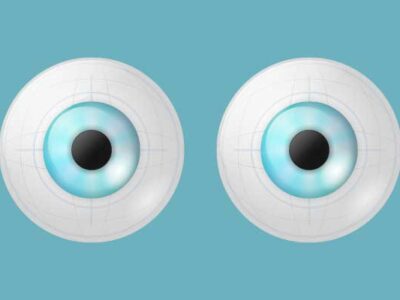EyeLink 3 Screen Pixel Data
The EyeLink 3 simultaneously tracks both eye and head movements at up to 1000 Hz. The standard six degrees of freedom (6DOF) head data …
SHIPPING NOW – the EyeLink 3. Combined head and eye tracking at up to 1000 Hz.
The EyeLink 3 simultaneously tracks both eye and head movements at up to 1000 Hz. The standard six degrees of freedom (6DOF) head data …

Research into head movements can provide insights into a wide range of topics, including non-verbal communication, attention, and …

People lie. Some people lie a lot and proficiently. Given this unsettling (and somewhat unsurprising) fact, an objective means by which …

John Sweller developed cognitive load theory in the late 1980s to explain how a task’s difficulty level can affect our ability to …

Reading involves a very characteristic “stop-start” or “fixate-saccade” sequence of eye movements. During fixations, the eye …

There is a large body of academic research that documents profound differences in reading skills between children with and without …

Dyslexia is a neurobiological learning disorder that affects a person’s ability to read. This basic description hides the …
Our ability to predict a moving object’s destination can be very useful. For example, predicting where a flying rock will be in a few …
In the sketch below, you can see the tree’s tangled branches and leaves under a brightly lit moon. The artist’s realistic …

Another year has passed (and what a year…), and we’ve updated our publication database again. 2020 may not have been a vintage year in …

When learning vocabulary in a new language, it is quite common to just repeat (over and over and over again) the to-be-remembered word. …

Eye-tracking research can sometimes feel like a bit of a terminological minefield, particularly if you are new to the topic. In this …
